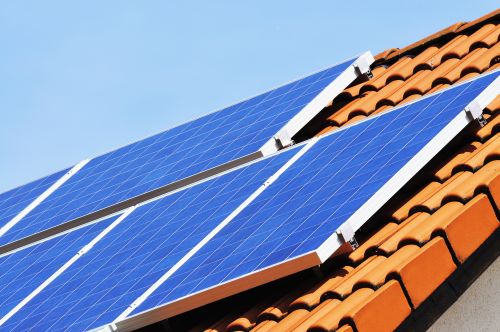Incorrect, I have a business partner in NV, and the utilities commission, under great public pressure, restored a reasonably fair version of net metering back in 2017.
From Wikipedia (
Net metering in Nevada - Wikipedia):
"The previous version of net metering in Nevada was shut down by the state legislature and carried out by the Public Utilities Commission in December 2015. Under the new system, new rooftop solar customers will receive a reimbursement equal to a percentage of the retail price of electricity whenever they send their own energy back to the electric grid. That percentage rates are known as "tiers" and will start at 95% of the retail price for the first 80 MW of installed capacity."
It's not a 1:1, but it's very close and very fair for residential customers, and the lowest reimbursement rates will ever drop is 1:0.75. That's fair and reasonable for a "connectivity charge" and allows for people to overprovision their solar systems in order to have effectively a net-zero bill.
The legislation is on track to become law, which advocates say will reboot the state’s rooftop solar market. Tesla is already planning to enter.

www.greentechmedia.com
The above law was signed by the governor in June 2017.




